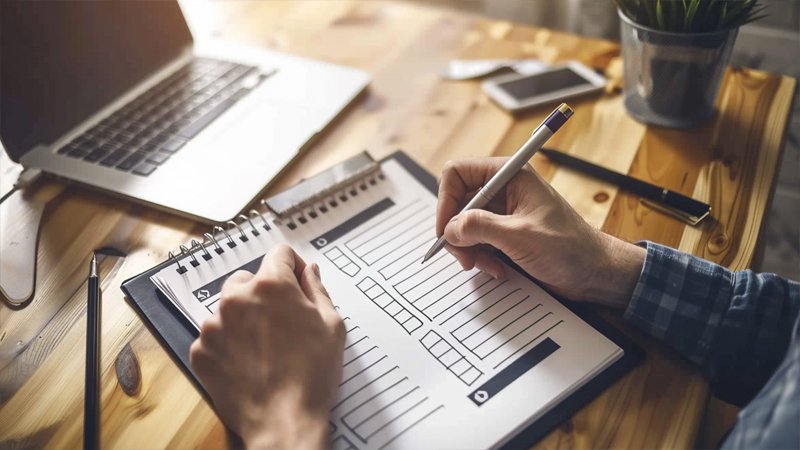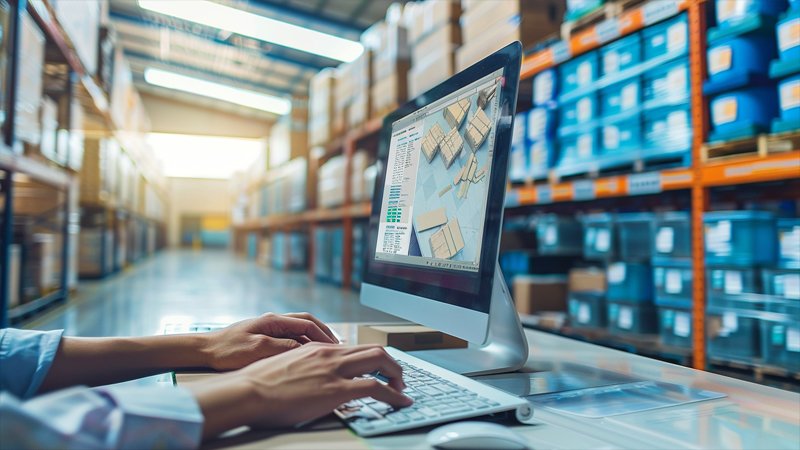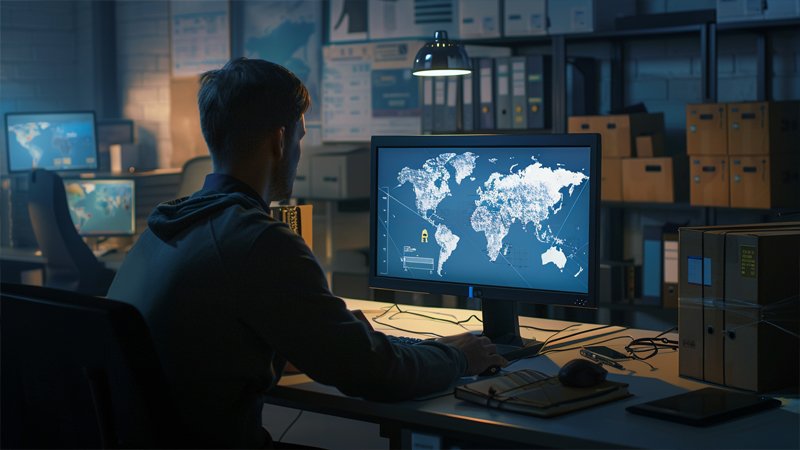
I remember feeling both excited and overwhelmed when I tackled my first import from China.
First-time importing from China requires a clear roadmap: planning each step, finding reliable suppliers, managing logistics, and ensuring compliance with U.S. standards. Doing so reduces stress and unnecessary costs.
It helped when I broke everything into simple milestones.
What Are the Step-by-Step Guidelines for Importing from China for the First Time?
A structured approach made my first import journey feel less scary.
Set clear goals, calculate costs upfront, finalize shipping details, and track every stage. This organized method streamlines the entire importing process.

I remember piecing together my plan in a giant notebook, jotting down tasks like “apply for relevant licenses” and “finalize shipping with the freight forwarder1.” That simple checklist was a lifesaver.
The first step is often the scariest: clarifying your goals and budget. If you know what your profit margins should look like, it’s easier to set an upper limit for production and shipping expenses. Then, you’ll want to line up some essential paperwork—such as an Employer Identification Number (EIN) and any required import permits.
Next comes securing shipping options. Air freight can be fast but pricey, while sea freight is slower but cost-effective for large orders. Don’t forget insurance—losing goods at sea can hit your finances hard.
Keeping track of documents is another must. I’ve learned to double-check each invoice, bill of lading, and packing list to ensure consistency. If your paperwork doesn’t match what’s in your shipment, customs might flag it, causing delays. A customs broker2 can help you handle these technicalities and reduce your stress.
Lastly, maintain open communication with all parties. Ask your freight forwarder for updates, consult your supplier about production status, and befriend your customs broker. Each of these relationships keeps your import on track and helps you iron out any hiccups before they become full-blown crises.
How Can You Choose the Right Suppliers and Products for Your Initial Import?
Finding genuine partners is like discovering hidden gems in a vast marketplace.
Verify supplier credentials, check product quality, and weigh cost versus demand. Careful research ensures you start with items that truly meet consumer needs.

When I first browsed online marketplaces like Alibaba, I felt bombarded by countless supplier listings. Some boasted super-low prices, but I soon learned that suspiciously cheap offers might indicate lower-quality materials—or even scams. I began by reading detailed product descriptions, checking supplier ratings, and asking for references from past clients. Those steps quickly weeded out shady vendors.
Visiting a factory in person isn’t always feasible, but there are alternatives. For instance, I’ve hired local quality inspectors to evaluate a supplier’s workspace and product samples. It might cost a bit extra upfront, but it’s worth the peace of mind, especially if you plan larger orders later.
Deciding what products to import can feel just as daunting. I start by looking at trends and potential profit margins. Tools like Google Trends or Amazon’s best-seller lists can give clues about what’s hot. Then, I consider shipping practicality3: how big is the item? Is it fragile or prone to damage? A bulky product might have decent margins but cost a fortune in freight fees.
Ultimately, you want a product that balances market appeal with manageable logistics. And pairing that product with a trustworthy supplier sets you up for a smoother, less stressful importing journey.
What Are the Best Practices for Handling Transportation and Logistics Arrangements?
I’ve found that logistics can make or break an import project.
Plan shipping methods early, use reliable freight forwarders, and track your shipments. Well-managed logistics save time, money, and headaches.

I remember my first shipment—20 boxes of electronics that needed to arrive before the holiday rush. I almost overlooked a key detail: booking freight space well in advance. When peak season hits, freight costs soar, and available slots vanish. Ever since, I’ve made it a habit to secure shipping arrangements4 the moment production is confirmed.
Freight forwarders are your best allies here. They handle everything from booking cargo space to helping with customs documentation, so you don’t have to juggle countless phone calls. Communication is crucial: if your supplier faces delays, let your freight forwarder know ASAP. That way, they can adjust schedules or find alternate carriers.
Tracking your shipment in real time is another game-changer. Most freight companies offer live status updates, giving you peace of mind—or at least a heads up if a delay occurs. If something does go wrong, that early warning helps you renegotiate delivery timelines or manage customer expectations.
You’ll also want insurance. Even if your items aren’t super expensive, unforeseen events—like storms at sea or a loading mishap—can wreak havoc. Having coverage ensures you’re not left high and dry if your goods never make it to port.
By focusing on these practices—advance booking, strong communication, real-time tracking5, and insurance—I’ve sidestepped many import nightmares. It’s not foolproof, but it gives you a solid edge in an unpredictable world.
How Can You Ensure That Your Imported Products Comply with U.S. Import Standards?
Nothing feels worse than watching your shipment get stuck at customs for non-compliance.
Understand U.S. regulations, verify safety certifications, and label items correctly. Meeting standards avoids costly rejections and keeps customers happy.

I learned about compliance the hard way. My electronics shipment arrived, only to be held by customs because I hadn’t thoroughly checked if the product needed FCC certification6. The delay burned a hole in my timeline and wallet. From that experience, I started researching the relevant agencies for each product category—like the FDA for food items and the CPSC for children’s goods7.
A key tip is to clarify these rules with your supplier upfront. If you’re selling clothes, for instance, ensure the fabric meets flammability standards. If you’re importing electronics, confirm they comply with UL or FCC guidelines. Some suppliers have prior experience with U.S. requirements and can guide you, while others might not. Don’t assume they’ll handle it without explicit instructions.
Labeling is another overlooked aspect. The country of origin label8 (“Made in China,” for instance) is mandatory in most cases. Plus, you might need to specify certain usage warnings or product details. Inconsistent or missing labels invite scrutiny from customs and, in some cases, your items could be refused entry.
Finally, keep a checklist of the required documents. The Bill of Lading, commercial invoice, and packing list should all match. Any mismatch can raise red flags during inspections. You can also consult a customs broker or compliance specialist to ensure you don’t miss small but vital details.
By being proactive about regulations and labeling, you strengthen trust with both customs officials and your buyers—paving the way for smooth arrivals and repeat business.
Conclusion
A well-planned approach, trustworthy partners, and compliance checks will make your first import from China far more manageable.
-
Learning about freight forwarders can enhance your shipping strategy and ensure smoother logistics for your imports. ↩
-
Discover how a customs broker can simplify your import experience and help you avoid costly mistakes. ↩
-
Learning about shipping practicality can save you money and time, making your importing process more efficient and effective. ↩
-
Discover the advantages of early shipping arrangements to avoid peak season challenges and costs. ↩
-
Learn how real-time tracking can enhance your logistics efficiency and customer satisfaction. ↩
-
Understanding FCC certification is crucial for compliance and avoiding customs delays. Explore this link to learn more about its significance. ↩
-
The CPSC ensures safety in children's products. Discover how they enforce regulations to protect consumers and avoid compliance issues. ↩
-
The country of origin label is essential for compliance and customs clearance. Learn why it matters and how to label correctly. ↩




